News
[Interview] Robert Eggers on ‘The Lighthouse’: “We Wanted to Be Challenged”
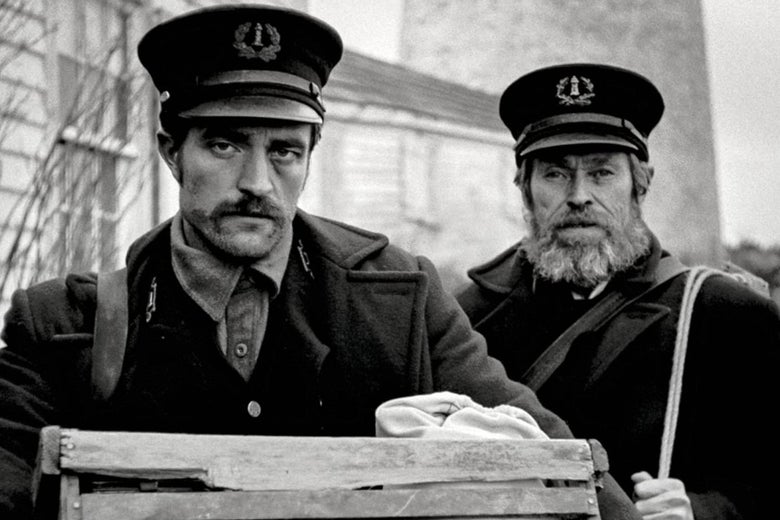
Robert Eggers shocked audiences with his feature film debut, The Witch, and quickly became a name to watch for in the sphere of genre cinema. Anticipation has been building for the release of his newest film, The Lighthouse, a feverish descent into madness driven by two heavy-hitting performances by stars Robert Pattinson and Willem Dafoe.
I recently had the opportunity to chat with Eggers about The Lighthouse, its knockout performances, and the unique challenges of crafting a film with such meticulous attention to detail.
Click here to read my full review of The Lighthouse from its premiere at TIFF
Kelly McNeely: First off, what was the genesis of the film? Where did this concept sort of come from? How was that born?
Robert Eggers: My brother was working on a screenplay that he said was about a ghost story in a lighthouse, and I thought that was a great concept and was hoping that he wouldn’t get very far with it so that I could ask his permission to steal it. And that’s what happened because when he said ghost story in a lighthouse, I pictured this black and white, crusty, dusty, musty, rusty atmosphere, very much like Misery from the first dinner scene. And I wanted to find a story that went with that atmosphere.
So back in 2011 or 2013, or something like that, when I started working on The Lighthouse, The Witch came together and in the wake of that I called up my brother and said, look, let’s write this lighthouse script together, I’m developing some other larger things, and I think it would be wise to have something smaller in my back pocket. So we took my 10 pages of screenplay and lots and lots of notes and images and turned it into this movie together a couple of years ago.
Kelly McNeely: You’ve got this really impressive commitment to period and aesthetic and atmospheric details, between the natural lighting, the building of the set, the orthochromatic look, and the 1.19:1 ratio. Can you talk a little bit about the process for compiling and building all those elements into the film?
Robert Eggers: Yeah, I mean, everything is sort of in tandem, I’m always researching while I’m writing, and collecting images while I’m writing, and images can inspire themes and whatever, because this film has such a long history in my filmmaking life. I’ve been talking with Jarin Blaschke the DP about this for a year, and we’ve had all kinds of different ideas. And it all kind of comes down to, finally, like what can we get our hands on? And, you know, we would have wanted it shot it on orthochromatic film stock which you can purchase for still photography, but there is no one who can make that into 35mm motion picture film for us, nor could we have afforded it if we wanted to. So we settled on bwXX, the black and white negative that hasn’t changed since the 1950s.
The blacks bottom out suddenly in a very satisfying way, it has extreme micro contrast, and you know what else? Like, it exists! [laughs] And then Jarin worked with Schneider to create a custom filter to give us an orthochromatic look, and then Panavision opens up their closet of mysterious lenses to Jarin who can go in like a giddy school boy and find all kinds of rarities. We have I think two or three shots with a zoom lens that we don’t even know what it is, where it’s from, when it was made. So they thought, “Jarin should take a look at this” [laughs].
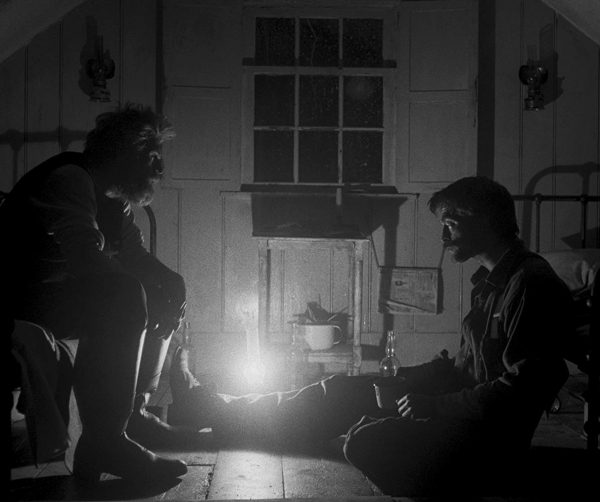
via A24
Kelly McNeely: With The Witch, I know the dialogue was pulled from historical documents. What was the process for writing the dialogue for The Lighthouse?
Robert Eggers: Yeah, the The Witch has a lot of sentences that are intact from the period sources. My conceit at the time, was that to honor these Puritans who were so extreme in their beliefs and their worldview that I needed to actually, like, use the actual words they supposedly said. In this movie, my brother and I didn’t have a lot of sentences that were intact — there are some, but not a lot. But we’re just drawing from our period sources to find a way to write our own dialogue.
The most helpful source was Sarah Orne Jewett, from the good old state of Maine. She was writing in our period and she was interviewing working people on the coast of Maine, and writing her main stories in dialect. And then my wife found us a thesis that was about dialect work in Sarah Orne Jewett that provided the rules for different dialects and so then we could really be be specific with our own work. But Dafoe has a couple of intact sentences that come directly from retired sea captains in Jewett’s work, which supposedly came directly from real retired sea captains.
Kelly McNeely: What about the accents? Because there are very specific accents that they use in The Lighthouse.
Robert Eggers: So Rob’s accent is like, you know, an old timey New England accent. Like it’s based on a down east accent, but I think if you are an actual New Englander, you know, you get the flavor of someone who hasn’t just been one place in New England his whole life. I bought my family car when I was visiting my parents recently in New Hampshire and the car salesman grew up in Boston and moved to Maine, and then New Hampshire, and sounded pretty close to Rob, they’re a little bit similar. Dafoe’s accent is something that is theoretical with the Rhotic R– the hard R, the pirate Arr — having that in coastal Maine, we know that that was in New Brunswick a little further north, and in Nova Scotia a little further north than that.
Kelly McNeely: Robert Pattinson and Willem Dafoe really endure; they go above and beyond with their physicality and emotionality. Was there ever a point you had to pull things back?
Robert Eggers: Absolutely not. You know, it’s an extreme story and these are two incredibly dedicated, passionate, hardworking actors who are after challenging material, and want to be pushed to their limit and I didn’t need to pull things back. I also didn’t really need to push things, because they wanted to give their very best to this movie. There’s been a lot of discussion in the press in the past about Robert Pattinson wanting to punch me in the face for a certain scene. But if it’s raining outside and the rain isn’t reading in a close up, you’re going to have to pull out the fire hose for the rain to read. And that’s not easy. But you know if Rob wished to cause me physical harm, I didn’t know that at the time because he was professional as hell and wanted to make sure that that moment was as good as it could possibly be.
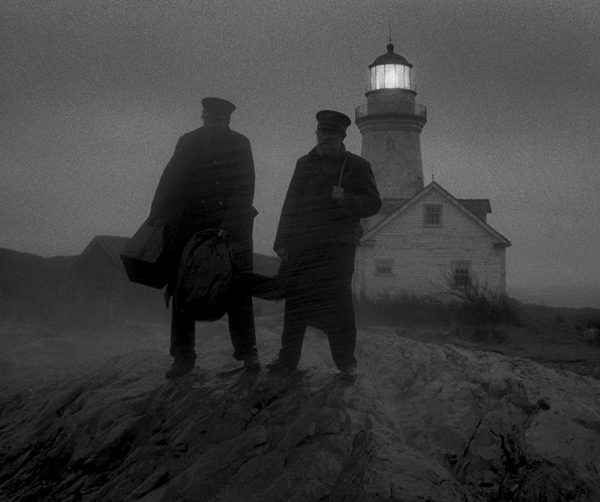
via A24
Kelly McNeely: What myths did you pull from to form the story?
Robert Eggers: The bones of the story are based on what’s allegedly a true story. It’s often referred to as Smalls Lighthouse Tragedy, and it took place in Wales in around 1800. And it was two lighthouse keepers, both named Thomas, one older one younger, they get marooned on their island at their lighthouse station because there’s a storm. The older one dies, and the younger one goes mad. There’s a folk tale-like ending that I won’t divulge, but you can easily look up. And that was the sort of genesis of this — or rather that was the seeds that were planted for the story to grow from.
When Max — my brother who wrote this with me — and I were continuing to flesh out the story, we kind of said to ourselves, what classical myths or myth have we sort of accidentally come up with? With The Witch I was sort of looking at Hansel and Gretel, among other things, after I had written what I had written to sort of re-infuse Hansel and Gretel-isms. So we asked ourselves what classical myths have we sort of conjured up here to try to re-infuse themes, motifs, and imagery. We chose classical motifs because of allusions to classical mythology that Dafoe makes it in sea spells that were inspired by Melville. So there’s a mishmash of different things from Proteus to Prometheus that some classicists might be upset that we’ve combined, but, I think it’s okay.
Kelly McNeely: I love the use of natural lighting in both The Witch and The Lighthouse. What inspired you to film that way?
Robert Eggers: Jarin Blaschke — the DP — and I like a naturalistic approach. The lighting in The Lighthouse is more stylized than The Witch; The Witch literally does use natural light and flame for all but one or two shots, except for the night exteriors which obviously need to be lit.
The Lighthouse, on the other hand, uses black and white negative that hadn’t changed since the 1950s so it requires a lot more light to be an exposure. However, we did not light it like an old movie; even though the lighting is quite dramatic and it has exaggerated chiaroscuro, unlike old movies, we use the practical lighting sources that are in the location to light the scenes. That said, it’s not actually a flame in that kerosene lamp because you would never get exposure from a flame. So we have a 600 watt halogen bulb on a flicker dimmer that is creating that flame-like look. And I like it, especially with the black and white because it flickers, you know, like old cinema. The image has breath, if I can be so precious.
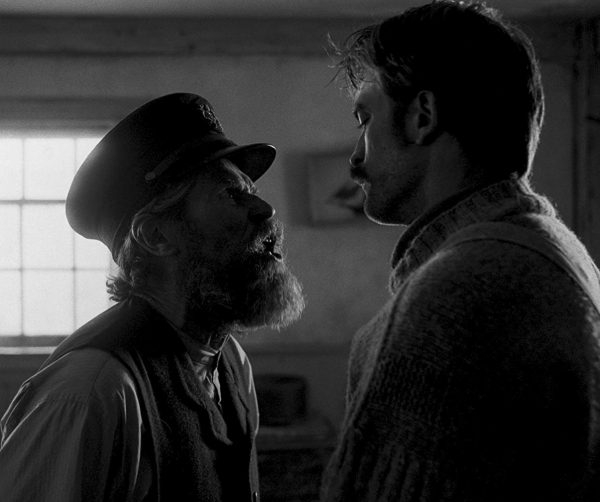
via A24
Kelly McNeely: I understand you built the entire set, which is incredible. What were the challenges of filming on location?
Robert Eggers: Yes, we built every building that you see in the film, including the 70 foot lighthouse tower. We couldn’t find a lighthouse that worked for us, we couldn’t find one with good road access that was practical to shoot on. But having to build one meant that we had a lot more control. So overall, shooting on location with building a lot of sets gave us a ton of control. That said, in order to tell the story properly, we chose a very punishing inhospitable location where we knew we would get terrible weather. And so that did pose a lot of problems — it’s impossible to move fast as a human being under gale force winds with torrential rain, and you know in temperatures just above freezing and you can’t move quickly; the camera is going to break down. So there’s a lot of challenges, but no one’s complaining. This is what we signed up for. We wanted to be challenged.
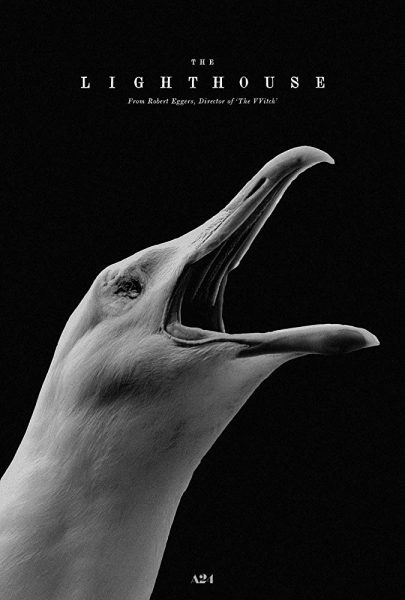
The Lighthouse was released to limited theaters in the US on October 18, with a wide release to follow on October 25.
Listen to the 'Eye On Horror Podcast'

News
Brad Dourif Says He’s Retiring Except For One Important Role
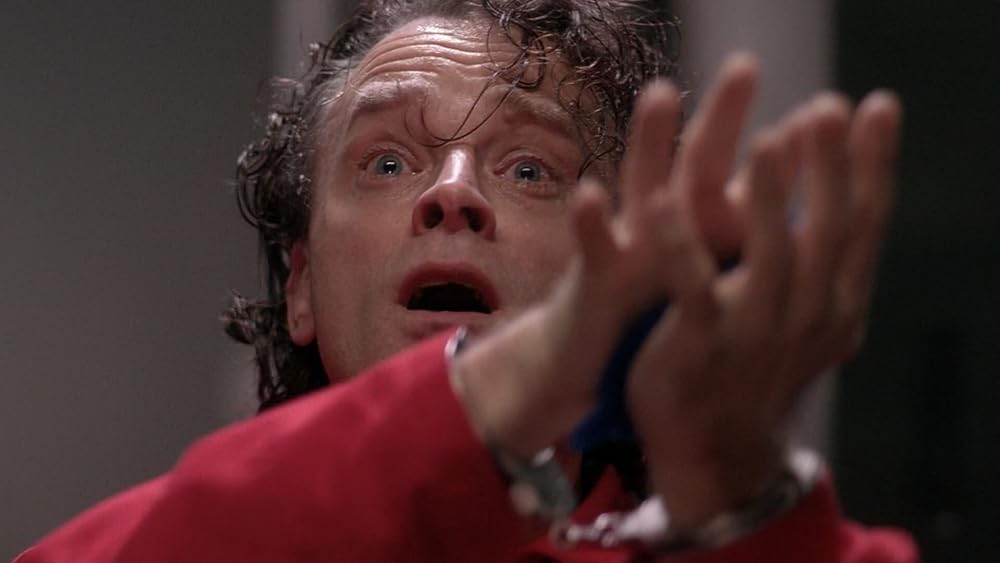
Brad Dourif has been doing movies for nearly 50 years. Now it seems he is walking away from the industry at 74 to enjoy his golden years. Except, there is a caveat.
Recently, digital entertainment publication JoBlo’s Tyler Nichols talked to some of the Chucky television series cast members. During the interview, Dourif made an announcement.
“Dourif said that he’s retired from acting,” says Nichols. “The only reason he came back for the show was because of his daughter Fiona and he considers Chucky creator Don Mancini to be family. But for non-Chucky stuff, he considers himself retired.”
Dourif has voiced the possessed doll since 1988 (minus the 2019 reboot). The original movie “Child’s Play” has become such a cult classic it’s at the top of some people’s best chillers of all time. Chucky himself is ingrained in pop culture history much like Frankenstein or Jason Voorhees.
While Dourif may be known for his famous voiceover, he is also an Oscar-nominated actor for his part in One Flew Over the Cuckoo’s Nest. Another famous horror role is The Gemini Killer in William Peter Blatty’s Exorcist III. And who can forget Betazoid Lon Suder in Star Trek: Voyager?
The good news is that Don Mancini is already pitching a concept for season four of Chucky which might also include a feature-length movie with a series tie-in. So, Although Dourif says he is retiring from the industry, ironically he is Chucky’s friend till the end.
Listen to the 'Eye On Horror Podcast'
Editorial
7 Great ‘Scream’ Fan Films & Shorts Worth a Watch
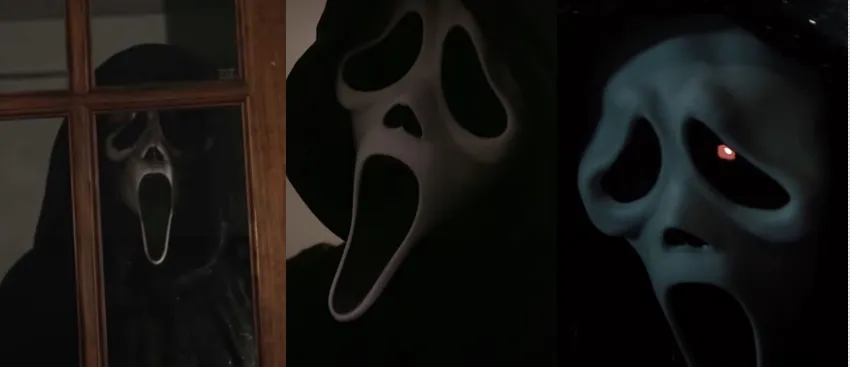
The Scream franchise is such an iconic series, that many budding filmmakers take inspiration from it and make their own sequels or, at least, build upon the original universe created by screenwriter Kevin Williamson. YouTube is the perfect medium to showcase these talents (and budgets) with fan-made homages with their own personal twists.
The great thing about Ghostface is that he can appear anywhere, in any town, he just needs the signature mask, knife, and unhinged motive. Thanks to Fair Use laws it’s possible to expand upon Wes Craven’s creation by simply getting a group of young adults together and killing them off one by one. Oh, and don’t forget the twist. You’ll notice that Roger Jackson’s famous Ghostface voice is uncanny valley, but you get the gist.
We have gathered five fan films/shorts related to Scream that we thought were pretty good. Although they can’t possibly match the beats of a $33 million blockbuster, they get by on what they have. But who needs money? If you’re talented and motivated anything is possible as proven by these filmmakers who are well on their way to the big leagues.
Take a look at the below films and let us know what you think. And while you’re at it, leave these young filmmakers a thumbs up, or leave them a comment to encourage them to create more films. Besides, where else are you going to see Ghostface vs. a Katana all set to a hip-hop soundtrack?
Scream Live (2023)
Ghostface (2021)
Ghost Face (2023)
Don’t Scream (2022)
Scream: A Fan Film (2023)
The Scream (2023)
A Scream Fan Film (2023)
Listen to the 'Eye On Horror Podcast'
Movies
Another Creepy Spider Movie Hits Shudder This Month
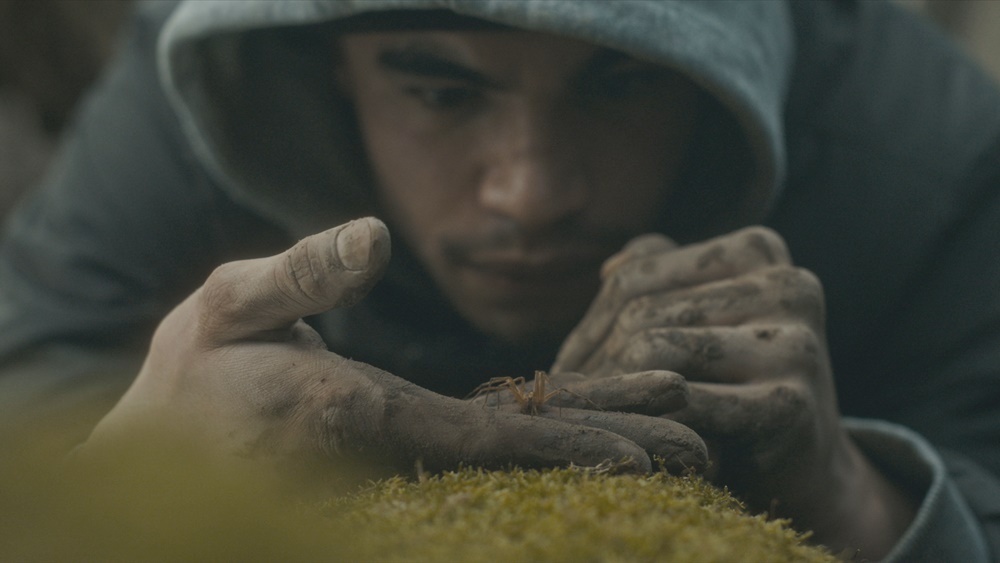
Good spider films are a theme this year. First, we had Sting and then there was Infested. The former is still in theaters and the latter is coming to Shudder starting April 26.
Infested has been getting some good reviews. People are saying that it’s not only a great creature feature but also a social commentary on racism in France.
According to IMDb: Writer/director Sébastien Vanicek was looking for ideas around the discrimination faced by black and Arab-looking people in France, and that led him to spiders, which are rarely welcome in homes; whenever they’re spotted, they’re swatted. As everyone in the story (people and spiders) is treated like vermin by society, the title came to him naturally.
Shudder has become the gold standard for streaming horror content. Since 2016, the service has been offering fans an expansive library of genre movies. in 2017, they began to stream exclusive content.
Since then Shudder has become a powerhouse in the film festival circuit, buying distribution rights to movies, or just producing some of their own. Just like Netflix, they give a film a short theatrical run before adding it to their library exclusively for subscribers.
Late Night With the Devil is a great example. It was released theatrically on March 22 and will begin streaming on the platform starting April 19.
While not getting the same buzz as Late Night, Infested is a festival favorite and many have said if you suffer from arachnophobia, you might want to take heed before watching it.
According to the synopsis, our main character, Kalib is turning 30 and dealing with some family issues. “He’s fighting with his sister over an inheritance and has cut ties with his best friend. Fascinated by exotic animals, he finds a venomous spider in a shop and brings it back to his apartment. It only takes a moment for the spider to escape and reproduce, turning the whole building into a dreadful web trap. The only option for Kaleb and his friends is to find a way out and survive.”
The film will be available to watch on Shudder starting April 26.
Listen to the 'Eye On Horror Podcast'
-
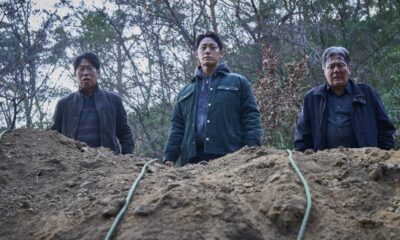
 News4 days ago
News4 days agoThis Horror Film Just Derailed a Record Held by ‘Train to Busan’
-
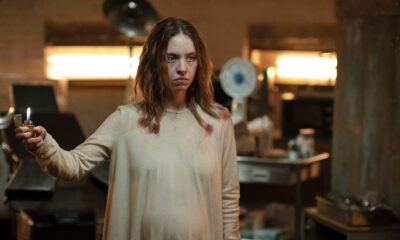
 Movies4 days ago
Movies4 days agoWatch ‘Immaculate’ At Home Right Now
-

 News2 days ago
News2 days agoWoman Brings Corpse Into Bank To Sign Loan Papers
-

 News3 days ago
News3 days agoHome Depot’s 12-Foot Skeleton Returns with a New Friend, Plus New Life-Size Prop from Spirit Halloween
-

 News5 days ago
News5 days agoRead Reviews For ‘Abigail’ The Latest From Radio Silence
-
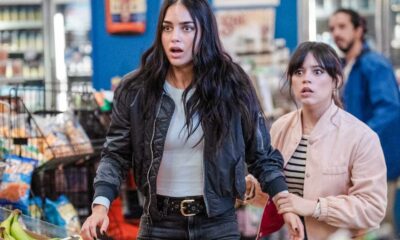
 News5 days ago
News5 days agoMelissa Barrera Says Her ‘Scream’ Contract Never Included a Third Movie
-
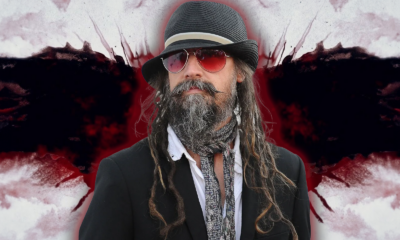
 Editorial6 days ago
Editorial6 days agoRob Zombie’s Directorial Debut Was Almost ‘The Crow 3’
-
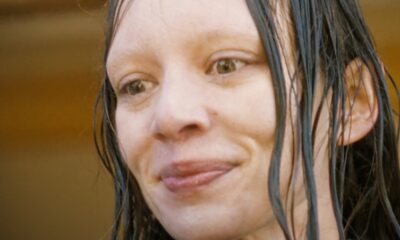
 Movies4 days ago
Movies4 days agoPolitician Spooked By ‘First Omen’ Promo Mailer Calls Police
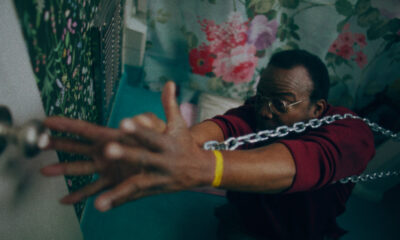

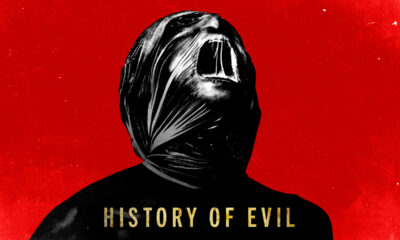

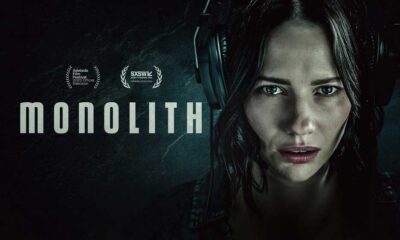























You must be logged in to post a comment Login